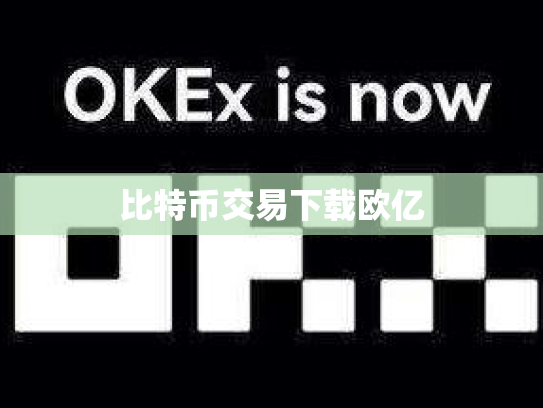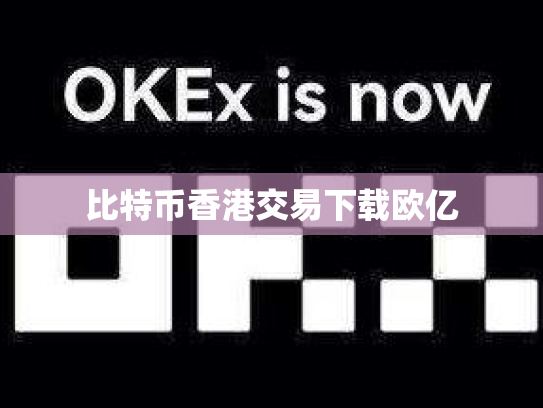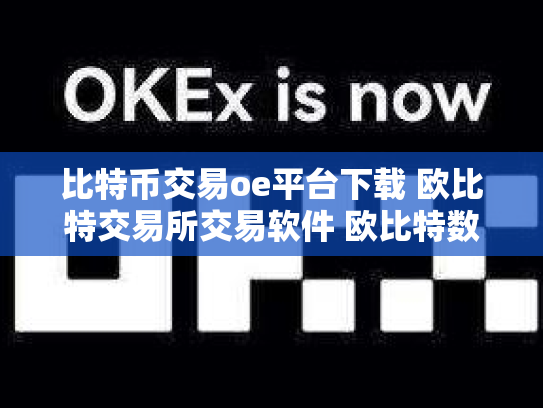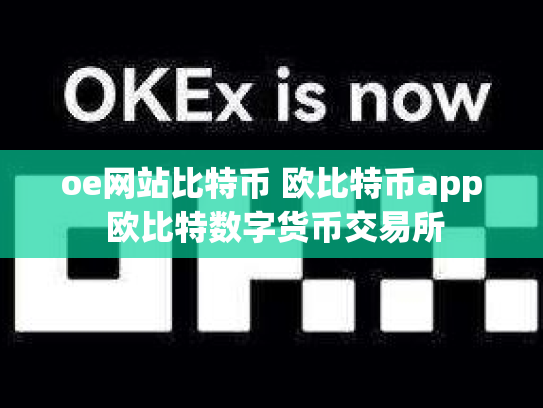Bitcoin on OE Website: A Comprehensive Guide
Introduction
Bitcoin has been making headlines for years due to its decentralized nature and the potential it holds in revolutionizing traditional financial systems. With the rise of open-source software (OE), Bitcoin enthusiasts have found new ways to explore this cryptocurrency. In this guide, we'll delve into how Bitcoin can be integrated onto an OE website, exploring both technical aspects and practical applications.
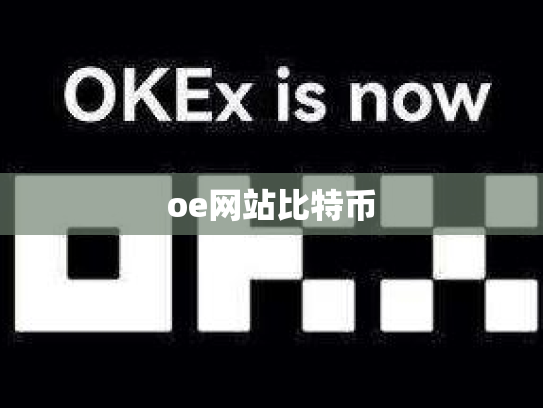
What is Open-Source Enterprise (OE)?
Open-Source Enterprise (OE) refers to software that is developed using open-source principles but includes enterprise-level features such as security patches, user management tools, and robust infrastructure. This makes it ideal for businesses looking to integrate cutting-edge technologies without compromising on stability or security.
Integrating Bitcoin on an OE Website
To begin integrating Bitcoin functionalities onto your OE site, you will need to follow these steps:
-
Choose a Compatible Bitcoin Wallet:
- There are several wallets compatible with OE, including Electrum, BIP9-Bitcoin Core, and others.
- Ensure the chosen wallet supports OE's specific API requirements.
-
Set Up the Wallet Service:
- Configure the wallet service within your OE environment according to its documentation.
- Set up any necessary configurations related to server settings, database connections, etc.
-
Develop Webhooks for Transactions:
- Create webhooks in your OE application to trigger actions when a transaction occurs.
- These hooks should be triggered whenever a transaction goes through the wallet service.
-
Implement User Authentication:
- Integrate a secure authentication system that allows users to log in using their OE credentials.
- Users should only be able to perform transactions they authorize via the OE interface.
-
Create Transaction Forms:
- Develop forms where users can input details like recipient address, amount, and purpose of the transaction.
- Ensure these forms are simple yet functional, adhering to OE’s design guidelines.
-
Secure Data Handling:
- Encrypt all data handled during the transaction process to prevent unauthorized access.
- Implement SSL/TLS encryption to ensure secure communication between the client and server.
-
Test Thoroughly:
- Before going live, thoroughly test the entire integration to catch any bugs or issues early.
- Use real-world scenarios to simulate various types of transactions to ensure everything works smoothly.
-
Documentation and Support:
- Document every step taken during setup and provide support for common problems.
- Offer troubleshooting guides and quick reference materials for ease of use.
Conclusion
Integrating Bitcoin functionality onto an OE website requires careful planning and execution. By following the outlined steps and ensuring thorough testing, you can create a seamless experience for users while maintaining high levels of security and reliability. Remember, the goal is to leverage Bitcoin technology responsibly and effectively within your business ecosystem.

